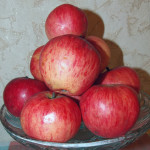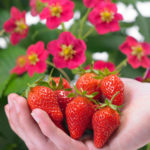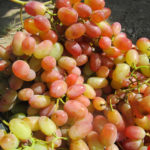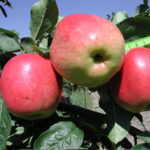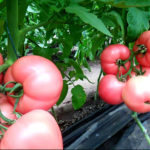Thuja western Holmstrup
Evergreens are becoming more and more popular every year. Thuja western is of particular value for gardeners and landscape design specialists. Its varieties have a wide range of useful qualities. Our story will be about a variety of this ephedra called Holmstrup (thuja occidentalis Holmstrup).
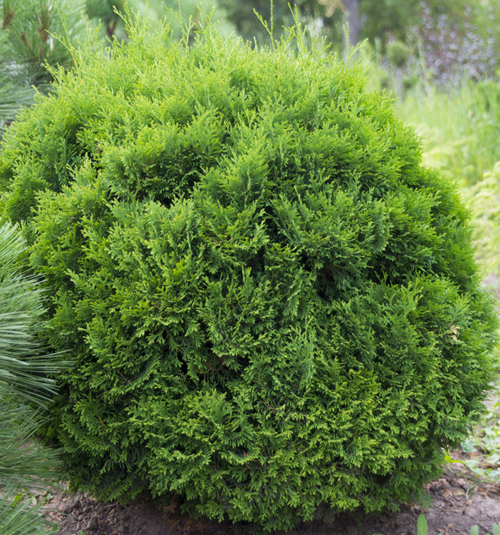
Description
This culture is distinguished by an impressive height, ranging from 3 to 4 meters, a width of up to 60-120 cm, as well as a decorative appearance and universal purpose. It has a dense, dark green, cone-shaped crown formed by scaly needles and multi-branching, strongly flattened, short shoots with reddish or grayish brown peeling bark. The variety is characterized by a slow growth rate of no more than 15 cm per year in height and approximately 4 cm in width, so it will take about 10 years for the shrub to reach the above dimensions. The plant produces fruits: rounded cones up to 0.7 cm in diameter, brown. In winter, the dense needles acquire a green color with a golden tint. Regardless of the season, it retains its softness, which can be felt by touching the crown of a thuja. The plant has a superficial root system. The life span of Holmstrup in one place is about 200 years.
The culture is characterized by excellent winter hardiness. It can withstand frosts down to -34 ° C. The shrub can be cultivated in urban conditions, because exhaust gases and pesticides that fill the air near highways and industrial enterprises do not have their destructive effect on this plant.
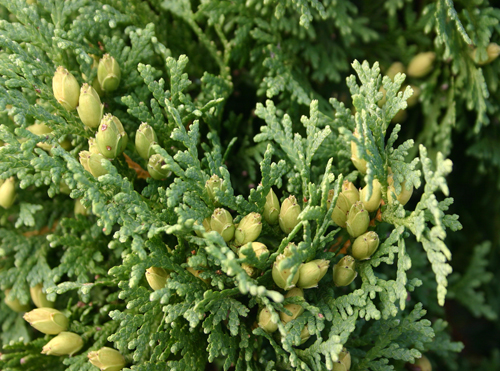
Agrotechnical features
For full development, thuja must grow in a well-lit area. Under the influence of sunlight, its needles become denser and brighter. However, it is still better to give preference to placing the culture in conditions of diffused rather than direct light. Partial shade is allowed. The variety reacts to the content in the shade by thinning the crown.
For planting Holmstrup, it is important to choose the right soil. Recommended characteristics of the soil used: high degree of fertility, air and water permeability, moderate humidity. The culture prefers slightly alkaline or slightly acidic soils. It is very responsive to adding lime to the substrate. You can plant the plant in garden soil mixed with peat and sand. The main thing is that the soil is light. Organic fertilizer and superphosphate can be added to the potting mix. At the end of the procedure, the thuja seedling is watered, and the soil around it is mulched.
The plant needs regular, abundant soil moisture, providing a weekly consumption of 1 bucket of water per bush, and loosening the area of the trunk circle. As weeds appear under the bush, weeding is necessary. In the spring of Holmstrup, additional feeding is required. A specialized store complex is used as fertilizer.
Pruning is recommended starting from the second year of thuja's life. It is held in autumn and spring. In the process of this event, damaged, dry and diseased branches should be removed from the bush. With formative pruning, only young shoots are shortened.
Use cases
Holmstrup variety will revive any garden, park, square. It is included in group and single plantings, used to divide the territory into zones, to form green labyrinths and low alleys. It is an ideal choice for creating hedges and perimeter walls. Instances of this variety of western thuja look great on a lush lawn. They are also planted next to decorative flowering and decorative deciduous perennials.You can grow an evergreen crop in a bulky container, but you should not forget about its regular haircut.
